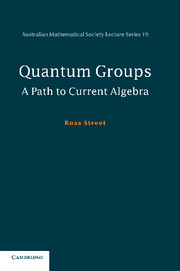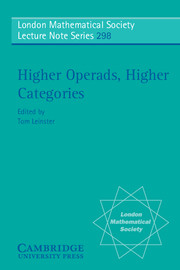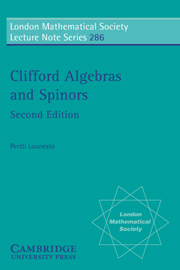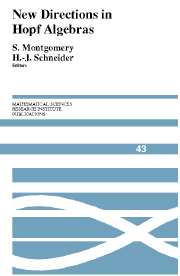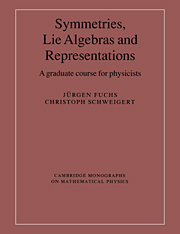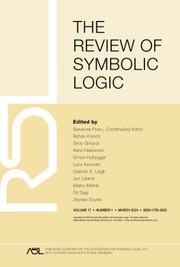Quantum Groups
Algebra has moved well beyond the topics discussed in standard undergraduate texts on 'modern algebra'. Those books typically dealt with algebraic structures such as groups, rings and fields: still very important concepts! However Quantum Groups: A Path to Current Algebra is written for the reader at ease with at least one such structure and keen to learn algebraic concepts and techniques. A key to understanding these new developments is categorical duality. A quantum group is a vector space with structure. Part of the structure is standard: a multiplication making it an 'algebra'. Another part is not in those standard books at all: a comultiplication, which is dual to multiplication in the precise sense of category theory, making it a 'coalgebra'. While coalgebras, bialgebras and Hopf algebras have been around for half a century, the term 'quantum group', along with revolutionary new examples, was launched by Drinfel'd in 1986.
- Essential for any graduate student or researcher whose research involves quantum groups
- Containing the latest algebraic concepts and techniques, this book updates the meaning of 'modern algebra'
- Includes over 60 worked examples and exercises
Product details
January 2007Paperback
9780521695244
160 pages
229 × 152 × 9 mm
0.24kg
26 b/w illus. 25 exercises
Available
Table of Contents
- Introduction
- 1. Revision of basic structures
- 2. Duality between geometry and algebra
- 3. The quantum general linear group
- 4. Modules and tensor products
- 5. Cauchy modules
- 6. Algebras
- 7. Coalgebras and bialgebras
- 8. Dual coalgebras of algebras
- 9. Hopf algebras
- 10. Representations of quantum groups
- 11. Tensor categories
- 12. Internal homs and duals
- 13. Tensor functors and Yang-Baxter operators
- 14. A tortile Yang-Baxter operator for each finite-dimensional vector space
- 15. Monoids in tensor categories
- 16. Tannaka duality
- 17. Adjoining an antipode to a bialgebra
- 18. The quantum general linear group again
- 19. Solutions to exercises
- References
- Index.

